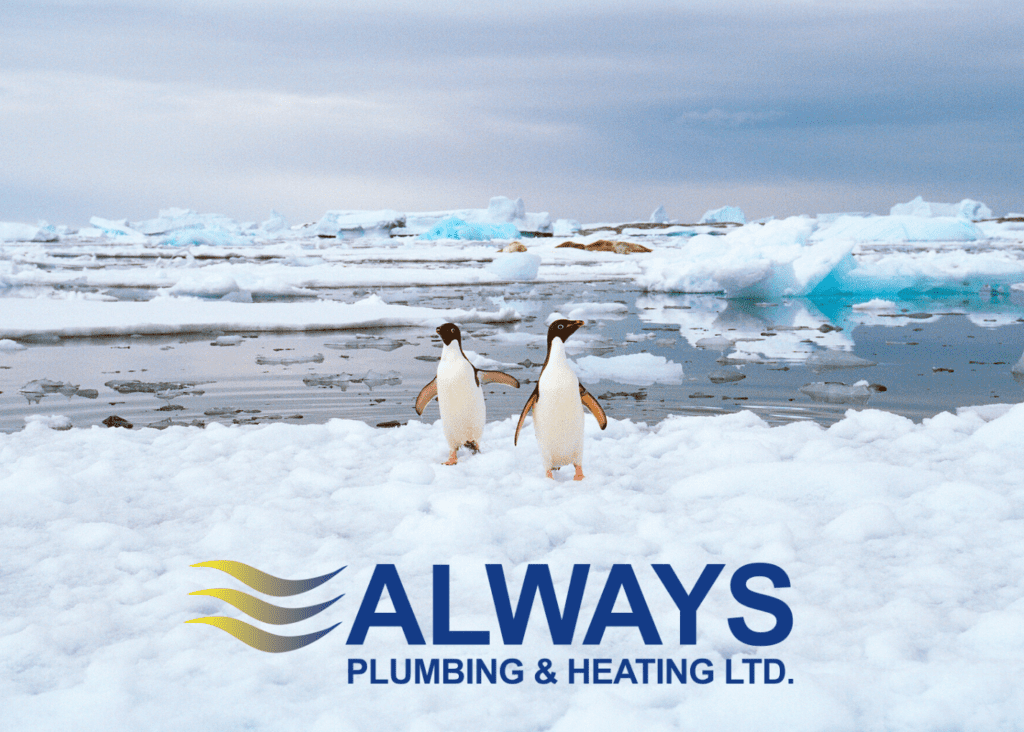In chilly Alberta winters, water lines can freeze if frost is pushed below the waterline. The pipes in your home can also freeze due to extreme temperatures, wind chills, or furnace failures which result in no heat in your home. You should be familiar with how to prevent your pipes from freezing, and what to do in the unfortunate event that they do freeze.
5 Easy Steps To Prevent Your Pipes From Freezing
- Never turn your furnace off! You should keep your home heated consistently throughout winter, even if you aren’t going to be home. You can get a smart thermostat that will notify you on your mobile device if the temperature in your home gets below a safe level, in the event that your furnace malfunctions while you are away. The majority of furnace failures happen during extreme cold snaps, which incidentally can result in frozen pipes if not dealt with right away.
- Insulate your outdoor water lines. Wrap water lines near outdoor walls and hose bibs with insulation.
- Turn off your outdoor hoses. In the fall you should ensure that your hoses are disconnected and the tap is turned completely off. Failure to do so can result in cracked hose bibs as the temperatures freeze and thaw, which can result in flooding in your basement.
- Check your hot water tank. Ensure that it is in a room that is adequately heated. You should have your hot water tank inspected annually by a professional.
- If you go away for vacation, turn your water off before you leave. Go into your utility room and find the main water line shut off and ensure it is off. Then open all the taps in your house to run the residual water out. This way, you will be better protected should the unfortunate event that your pipes freeze while you are away. But remember to leave your furnace on.
How to Check if Your Pipes are Frozen
- If you have only a trickle of water, or no running water, coming from any of your faucets, you may have a frozen pipe.
- If you see any frost on exposed pipes, it is quite possibly frozen.
- If you see a bulge in any pipes, it may be frozen.
- If your toilets don’t refill after flushing, you may have frozen pipes.
How to Fix Frozen Pipes
- If you suspect your pipes are frozen, turn off the water line to that part of the house, or turn the main water line off.
- Locate the frozen area. If you cannot locate it, call a plumber as soon as possible.
- If you determine where the pipes are frozen, you can attempt to thaw it with a space heater or hairdryer, provided it is a narrow pipe. Once it is adequately thawed, you can turn your water back on and check for any leaks. If you notice any leaks or still have no water flow, turn your water line back off immediately, and call a professional plumbing company for assistance.
Most frozen pipes can be thawed, damage-free if caught in time. If you think a frozen pipe may have burst in your Edmonton home, call Always Plumbing and Heating. We provide emergency service 24 hours a day, 365 days a year.
